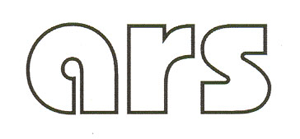Open Access
ARS (São Paulo)
Publicação de: Escola de Comunicações e Artes da Universidade de São Paulo
Área:
Lingüística, Letras E Artes
Versão impressa ISSN:
1678-5320
Versão on-line ISSN: 2178-0447
